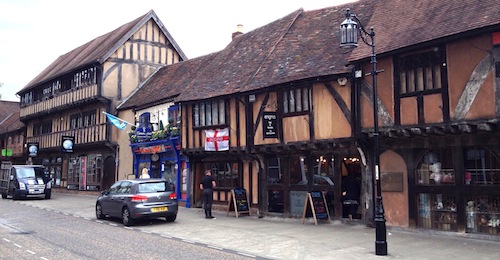Repair not restore
Visiting Coventry to speak at an SPAB Old House Eco Course I was reminded of the complex philosophical issues associated with caring for our built heritage, particularly the value of good new design in an historic environment and the need to understand the fundamental principle of repair rather than restoration.
The ruins of Coventry Cathedral serve as a permanent and poignant reminder of the night of 14 November 1940 when the City was devastated by bombs dropped by the Luftwaffe. The Cathedral was destroyed and the ruins could easily have been lost. Luckily, Sir Basil Spence, the architect chosen to design the new cathedral, insisted that the old cathedral, instead of being rebuilt, should be kept. His design saw the ruins become a place of remembrance with the new cathedral being built alongside, the two buildings together effectively forming one church. The result is a true celebration of new design and craftsmanship in the context of an historic environment.

From the Cathedral I followed the signs to ‘Medieval Spon Street’. This is championed for bringing together Coventry’s early timber framed buildings. It’s great that these buildings have been preserved but some have been moved from other locations so have somewhat lost their context and, to my mind, many have been over restored. The danger of losing the very things that we love about old buildings – their character, craftsmanship, patina of age, texture and context – is very real when we start on a path of restoration. Far better carefully to repair. But what’s the difference between restoration and repair?
Repair is based on the principle of mending buildings with the minimum loss of fabric and in so doing keeping their character and authenticity. Contrary to this, restoration means work intended to return an old building to a perfect state. In other words, putting things back to how they were, or how we think they were, rather than preserving them as they are now with all their wonderful scars of time and history. Restoration is generally highly destructive and can result in conjecture and fakery.
Putting this philosophy into practice means, for example, repairing only the decayed bottom rail of an original sash window rather than replacing the whole sash. The aim is not to hide imperfections such as bulges and bows but rather to respect and enjoy them. Importantly, conservative repair is likely to be the least costly, the ‘greenest’ and the most enduring; and it’s likely to maximise the monetary value of your building in the longer term.
Images: Coventry Cathedral ruins and Spon Street Credit: © Roger Hunt
